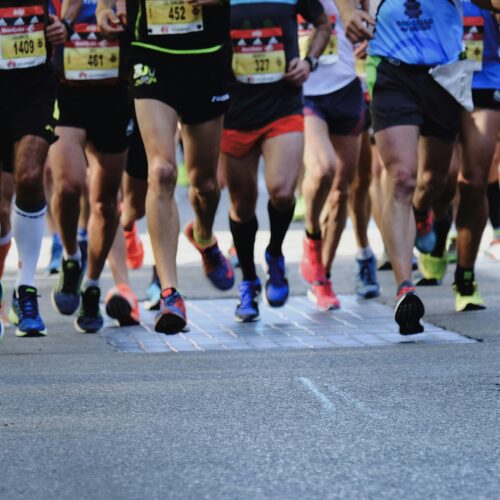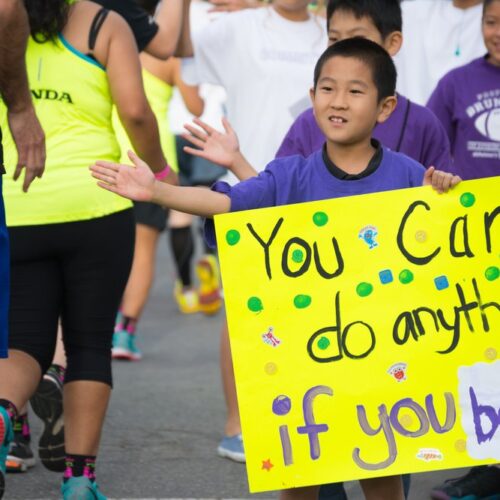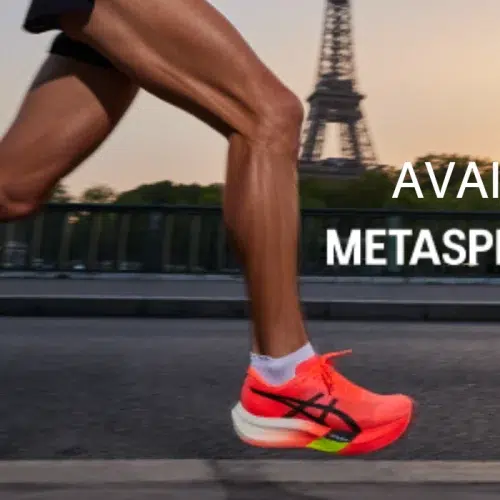Massage and your training by Sean Ford Cannon, RMT
Published on August 28, 2017Whenever I meet someone for the first time and the conversation gets to our occupations, there is usually one of two or three things that occurs: (a) eyes light up as questions about massage bubble to the surface; (b) that nagging shoulder spot seems to work itself into the conversation; and (c), the current room may or may not be assessed to see if there are any massage tables handy.
I cannot speak for all RMTs, but I personally take pride in being an ambassador for therapists that work with clients towards an athletic goal. While I find it difficult to find a resounding negative opinion of massage, there are plenty of claims revolving massage and its benefits that have been debunked as well as supported in recent research. A commonly held belief that massage helps improve blood-flow and remove lactic acid was debunked in 2010 in a study conducted at Queen’s University in Kingston Ontario by Victoria Wiltshire et al, showing that it impaired the lactic acid/Lactate removal.
However, more recently a 2012 study by Justin Crane et al at McMaster University tested inflammation in muscles post massage via muscle biopsy, and showed that even a 10-minute massage after strenuous activity was shown to stimulate mechanoreceptors in the muscle tissue through the soft tissue manipulation of massage (bowing, stretching, pressure etc.) showed a decrease of specific inflammatory markers, and an increase of mitochondrial activity within the muscle (This means more energy for those tired legs!)
So one myth debunked, and one supported, now where do I go to get that massage? What do I need to tell my therapist? The priority I stress to anyone asking about massage is that I encourage them to ask their therapist questions, and feel empowered to understand the treatment plan going forward. It is certainly not rude to ask for clarification if you need, and we as therapists need to be ensuring you are consenting to treatment in an informed manner.
As JCM (John Cougar Mellancamp) sings, should it hurt so good? Yes and no. There is a point where your ability to relax your muscles and the pressure being applied are in opposition of each other, and it’s not a bad thing to ease into the pressure, despite the assurances that one can handle a lot of pressure. It’s not a negative that you may leave a little sore and achy after your session, but we should be letting you know about this before proceeding with treatment, or if we find the treatment needs to be modified to merit this pressure.
Lastly, when do we book in? For anyone booking in for their first time, I like to ask when their last race and their next race was/is. It’s a great thing to get that massage after a strenuous race or training session (think long runs, tempos, hill repeats, or just listening to the Top Gun soundtrack on your headphones), but conversely, I like 2-3 days space between a sports massage and a race just to allow the body time to rest, recover and feel ready to go.
In closing, I hope your takeaways are that we want to be a part of your training program, and want you to feel informed and okay with asking training related questions throughout the therapeutic relationship with your RMT.
Sean Ford Cannon, RMT



